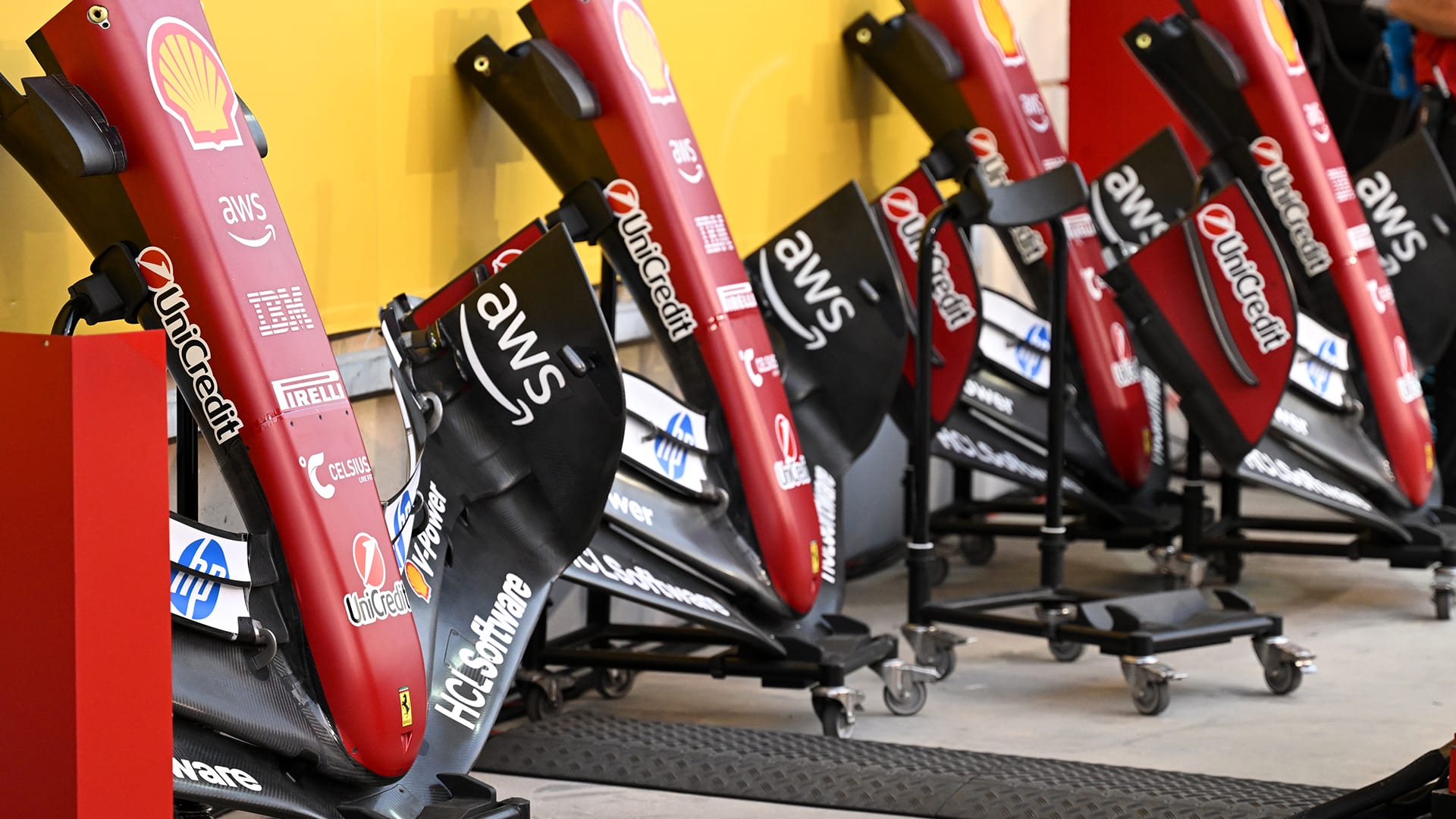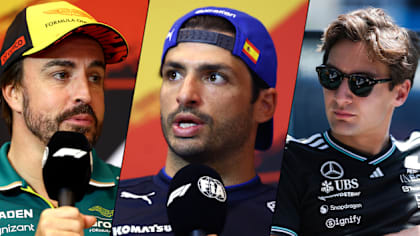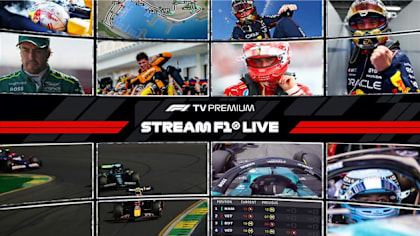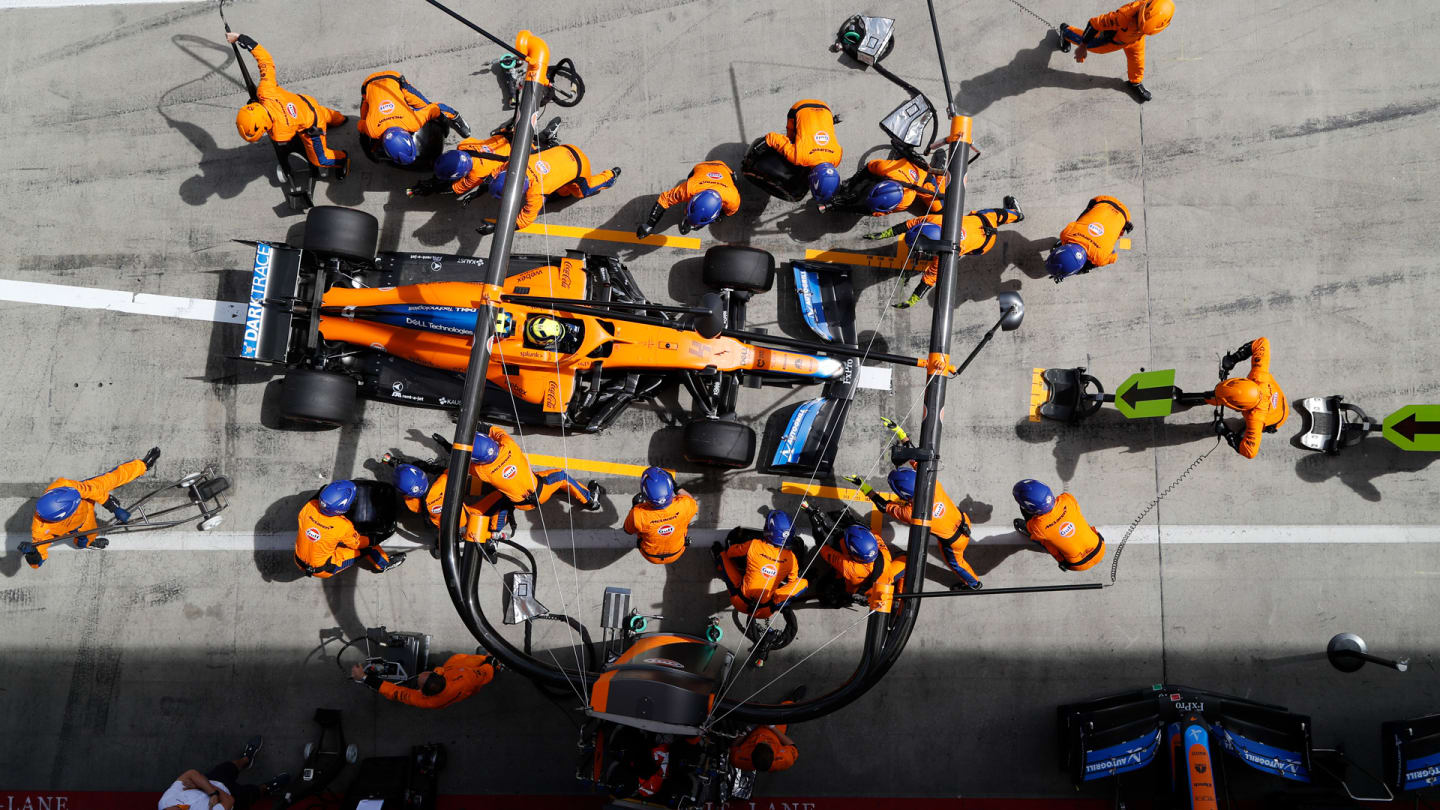
Feature
STRATEGY GUIDE: What are the possible race strategies for the Austrian Grand Prix?

Share

The teams have the data drom last weekend’s Styrian Grand Prix but face a very different challenge in today’s Austrian GP at the same circuit, so let’s take a look at the different options available to them ahead of this season’s second race at the Red Bull Ring…
What are the likely strategies for the frontrunners?
A different set of tyre compounds for this weekend has led to a different approach to qualifying, with the majority of teams particularly keen to avoid the soft compound. That’s because we’re using com-pounds that are one step softer than a week ago, and as a result the softs have an even shorter range during the first part of the race.
QUALIFYING REPORT: Verstappen edges out sensational Norris to take Austrian GP pole
All of the top five – that’s the Red Bull and Mercedes pair as well as Lando Norris in second place – managed to reach Q3 using medium tyres in order to start on that compound, and that gives them the best chance to make a one-stop strategy work.
Like last week, it’s a case of switching to the hards for the second stint, with a pit stop window of 25-30 laps giving them a reasonable chance of pulling off a one-stop. But if the weather stays warm then the two-stop strategy is actually deemed to be quicker by Pirelli, with a first stint of 20 laps be-fore switching to the hard compound for the middle stint, and depending on temperatures then stay-ing on the hards for a final stint or switching to mediums.
To do the latter, it depends on the tyre compounds available to teams, and while Mercedes and Max Verstappen have two sets of hards as well as an extra set of mediums alongside their starting tyres, Sergio Perez and Lando Norris both only have one set of hards available and so are only able to do a final stint on mediums if they two-stop.
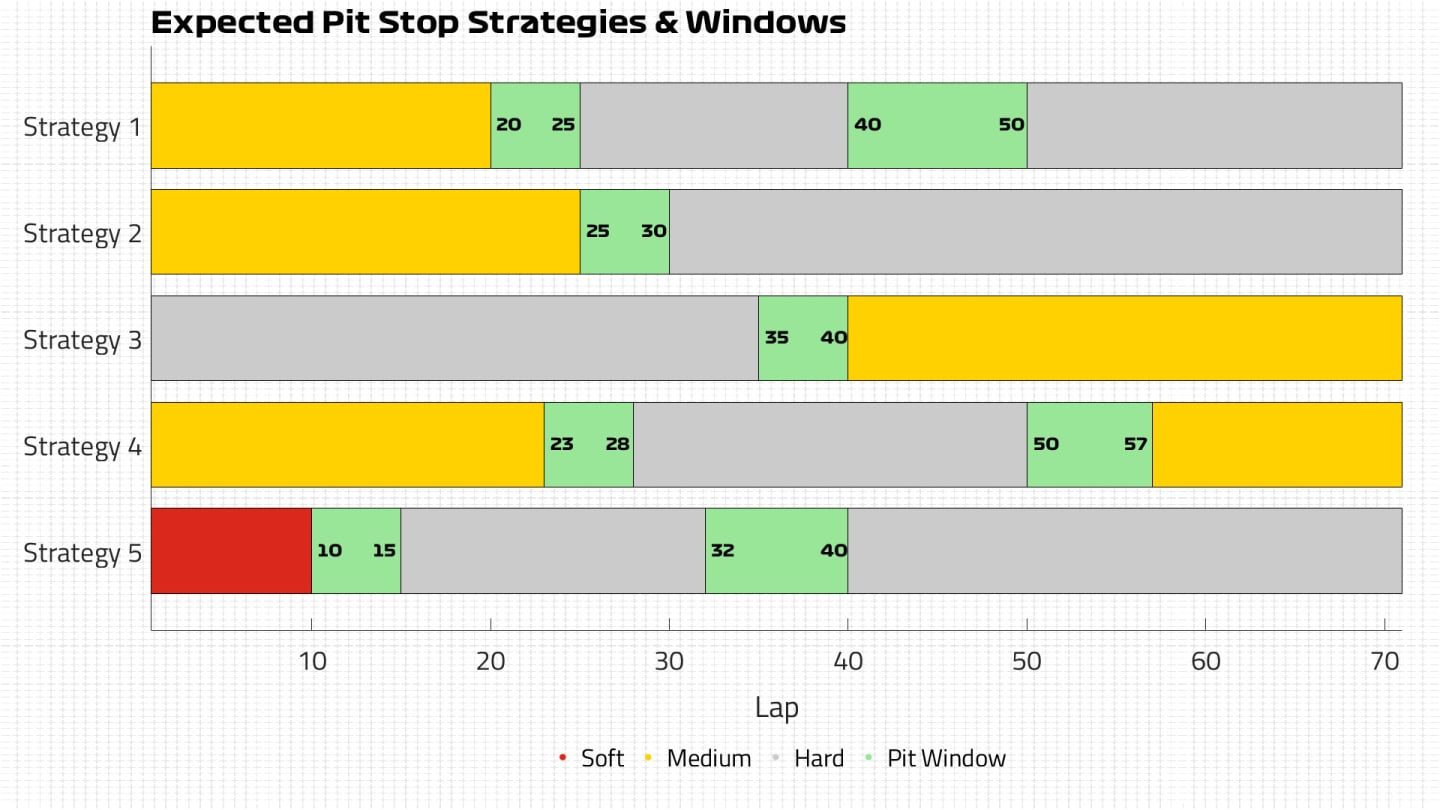
How about the rest of the top 10?
One other driver in the top ten still managed to progress using the medium tyres, and somewhat sur-prisingly that was George Russell. He secured his first Q3 appearance as a Williams driver using the mediums, and will line-up in eighth place following a grid penalty for Sebastian Vettel.
READ MORE: Vettel handed 3-place grid drop for impeding Alonso in qualifying
While Russell is in a much stronger strategic position (if he two-stops it will be with two stints on hards as he only has his starting set of mediums available), the two AlphaTauris ahead and Lance Stroll behind – as well as Vettel down in 11th now – are more limited by starting on the softs.
These are only expected to manage 10-12 laps in the first stint on high fuel, so a two-stop is a certainty, and they will do at least one stint on the hards as both teams only have one single used set of mediums available to them.
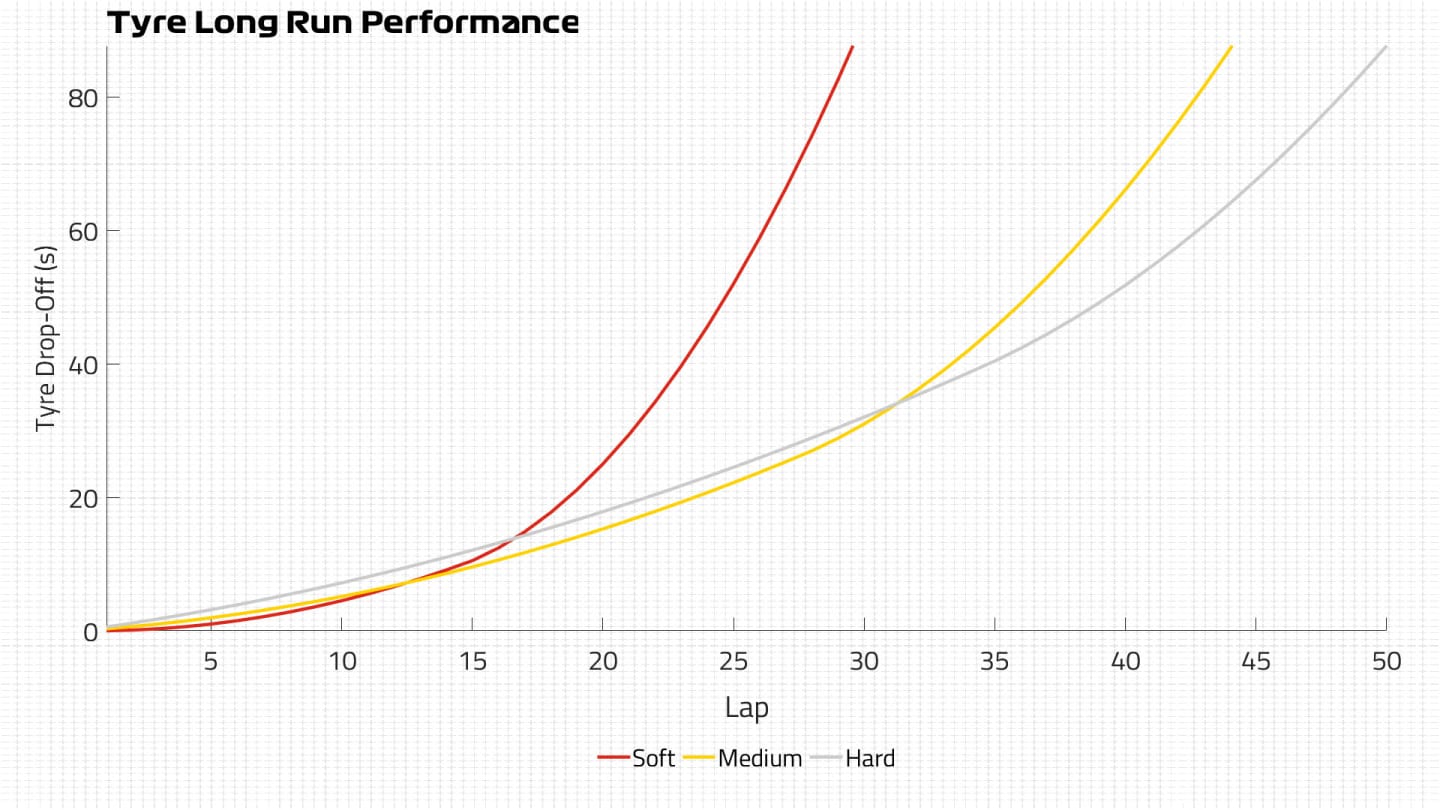
What are the options for the bottom half of the field?
Starting on the medium opens up the potential for both the one-stop and the two-stop strategy as outlined above, but in all of the strategies on offer, the hard is needed. So for that reason, we might just see a few teams opting to start on the hard and leave their options open beyond that point.
A first stint on the hard of 35-40 laps – closer to the 40-lap mark ideally – will open up the potential for a one-stop, with the fuel burning off and a lighter car allowing a chance of getting to the end on mediums. That’s a realistic target based on the data the teams have available to them from a week ago, when this week’s hard tyre was actually the medium compound (the C3 from Pirelli in both cas-es), and some drivers managed in excess of 40 laps in the opening stint.
For teams that don’t have two sets of the hard compound available – such as Alpine and Ferrari – it is possible to run a strategy using all three of the Pirelli range, but avoiding the soft at the start to en-sure it’s not being used when the car is at its heaviest.
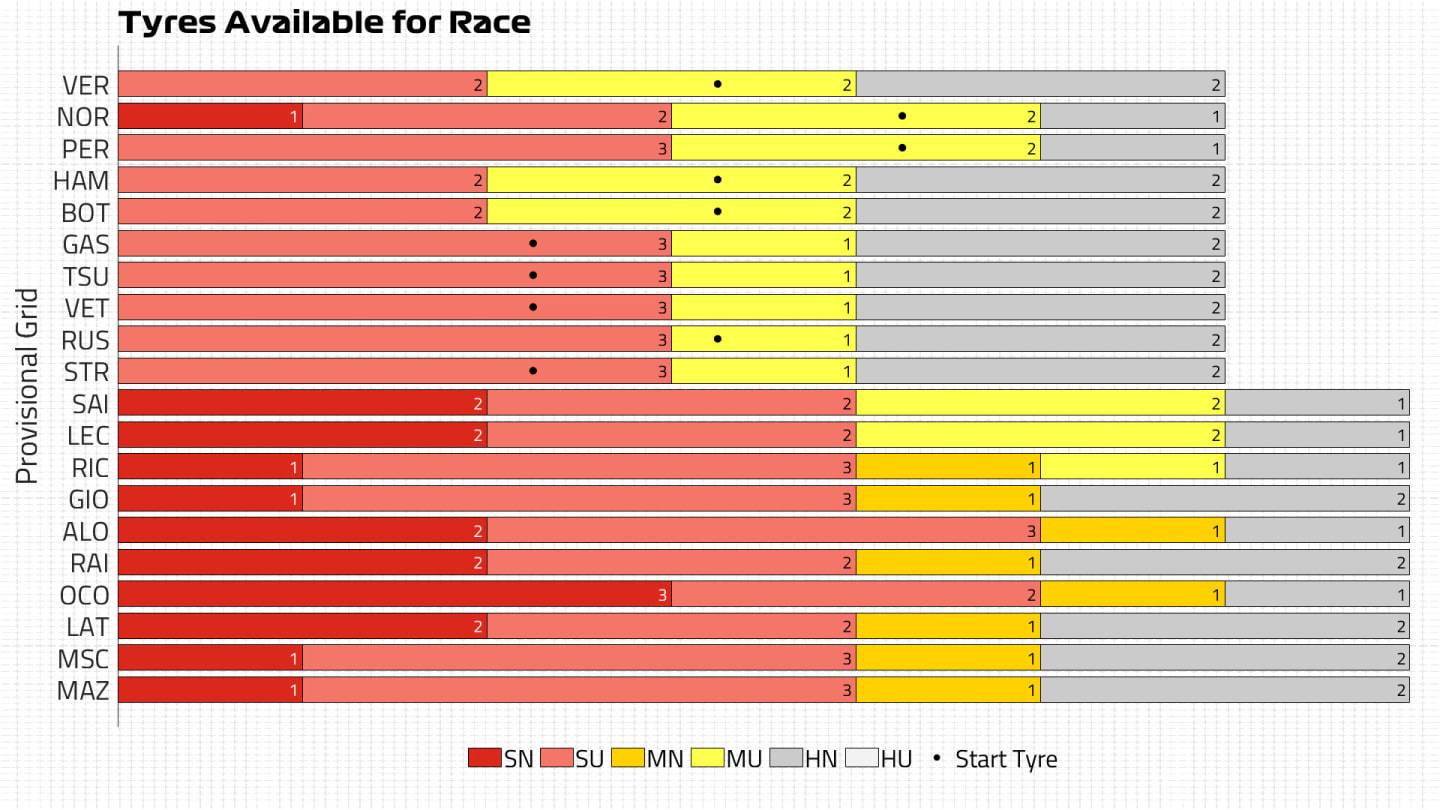
Wait, but what’s the weather doing?
Teasing us, really. We had a threat of rain for each of the last two races and on both occasions it never quite hit, with last weekend particularly frustrating for those hoping for a wet Sunday. There had been heavy rain on Friday night and Saturday morning, but despite a number of showers spring-ing up around the circuit during the race, the only rain to fall started just after the chequered flag.
It’s a similar forecast today, where there is a chance of showers but that chance has been receding the longer the weekend has gone on.
HIGHLIGHTS: Watch all the action from Austrian GP qualifying as Norris pushes Verstappen for pole
The FIA predicts a 40% chance of rain in the two-hour race window, and the interesting aspect will be how much – if any – falls, because the track managed to handle a fair bit of drizzle in Friday prac-tice without needing intermediate tyres. On that occasion, multiple teams stayed out on slicks and temperatures are set to be a little higher during the race, so it could well be that we see drivers trying to avoid a switch to intermediates for a number of laps.
If the inters or full wets are needed at any stage in the race, then that would negate the need to use two different dry tyre compounds and could open up multiple different strategies.
YOU MIGHT ALSO LIKE
Live Blog AS IT HAPPENED: Follow all the build-up ahead of the Spanish Grand Prix weekend
News FIA Thursday press conference – Spain

Video WEEKEND WARM-UP: McLaren look the team to beat but Verstappen aims to keep winning run going in Spain
News How to stream the Formula 1 2025 Spanish Grand Prix on F1 TV Premium
